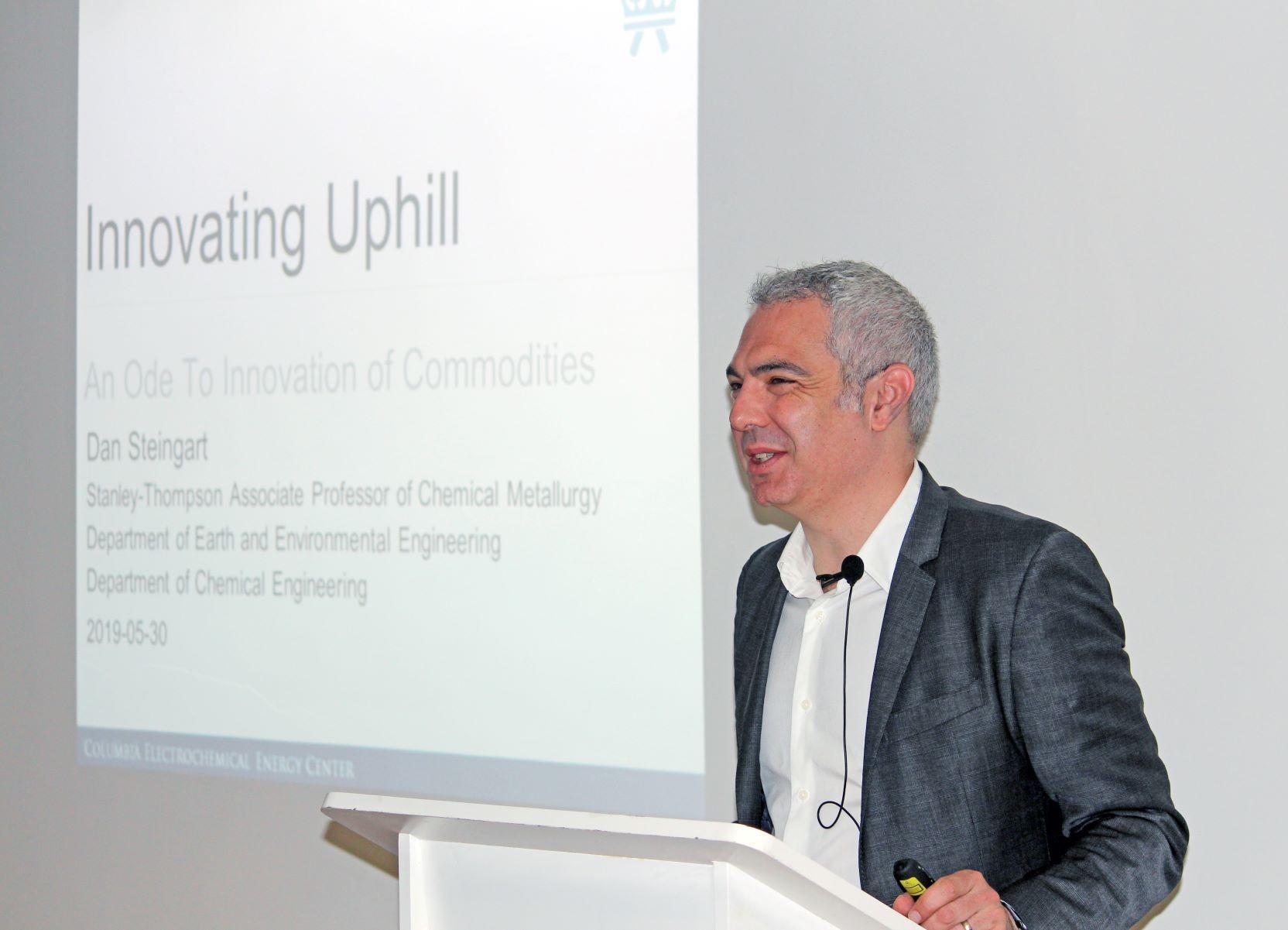Innovating Batteries for Energy Transition

In pursuit of becoming a clean energy-driven economy, India pledged to reduce its carbon emissions by a third by 2030 and ensure that 40% of its electricity comes from non-fossil fuel-based sources. While ambitious targets are a good start, one gap in particular if addressed, would help India leapfrog quickly – innovation in energy storage or specifically, in batteries. Many challenges lie ahead for India to roll out battery storage at scale: the electricity grid is weak compared to the United States or Germany, sourcing of raw materials for Lithium ion-based battery chemistries is potentially hard, and many Indian consumers are averse to paying a premium for better quality electricity, having not experienced the benefits of it before. Therefore, a battery that provides quick discharge, lasts long, and is cheap could prove to be a game-changer.
Battery innovation was the subject of a public lecture entitled ‘Battery Life: Tracing Successes and Failures in Energy Storage’ by Professor Daniel Steingart that was held at Columbia Global Centers | Mumbai on May 30, 2019. Drawing from his extensive research on battery chemistries and experience of forming five electrochemical energy-related startups, Professor Steingart, who is the Stanley-Thompson Associate Professor of Chemical Metallurgy at Columbia University’s Fu Foundation School of Engineering and Applied Sciences, and the Co-Director of the Columbia Electrochemical Energy Center (CEEC), spoke in Bengaluru and Mumbai on the topic of batteries in the context of modern energy needs.
In Bengaluru, Professor Steingart was the keynote speaker on May 27, 2019, at the demonstration day of the Urban Works Innovation Challenge, a grant-based competition run by the Fu Foundation School of Engineering and Applied Science at Columbia University, Columbia Global Centers | Mumbai, and the CoWrks Foundry. Here, six winning startups presented their novel solutions across Internet of Things, mobility, infrastructure, and cleantech. Speaking about energy storage innovation, he had two important observations: a) living comfortably costs much more than simply living and b) looking for perfection while designing a battery is absurd. His first observation highlights the fact that air conditioners and automobiles come with an energy cost which is ten times that of simply living. The second observation illustrates how much of an uphill task energy storage innovation is, as it is simply impossible to make a battery that is energy-dense, long-lasting, fast discharging, and cheap all at the same time.
In Mumbai, Professor Steingart’s talk traced the history of energy storage and how understanding past failures can keep us hungry for innovation while remaining humble to market realities. He delved on why some of his predecessors who formed startups using innovative battery chemistries failed, potentially due to impossible market scenarios and not necessarily due to inferior tech. He spoke of his research group at CEEC, whose mission is to accelerate the adoption of electrochemical energy storage for the benefit of humanity. While deliberately not vying for a perfect battery, they strive to design a solution that can complement renewable energy, has high cycle life, and is at par with coal or natural gas in terms of levelized cost. In the United States, studies show that renewable energy (solar + wind) in tandem with storage, if cheap enough, can meet 80% electricity demand in theory. For India, the immediate target is half of that, and therefore, with advances in energy storage along the lines of those carried out by Professor Steingart, a transition to clean energy holds promise.